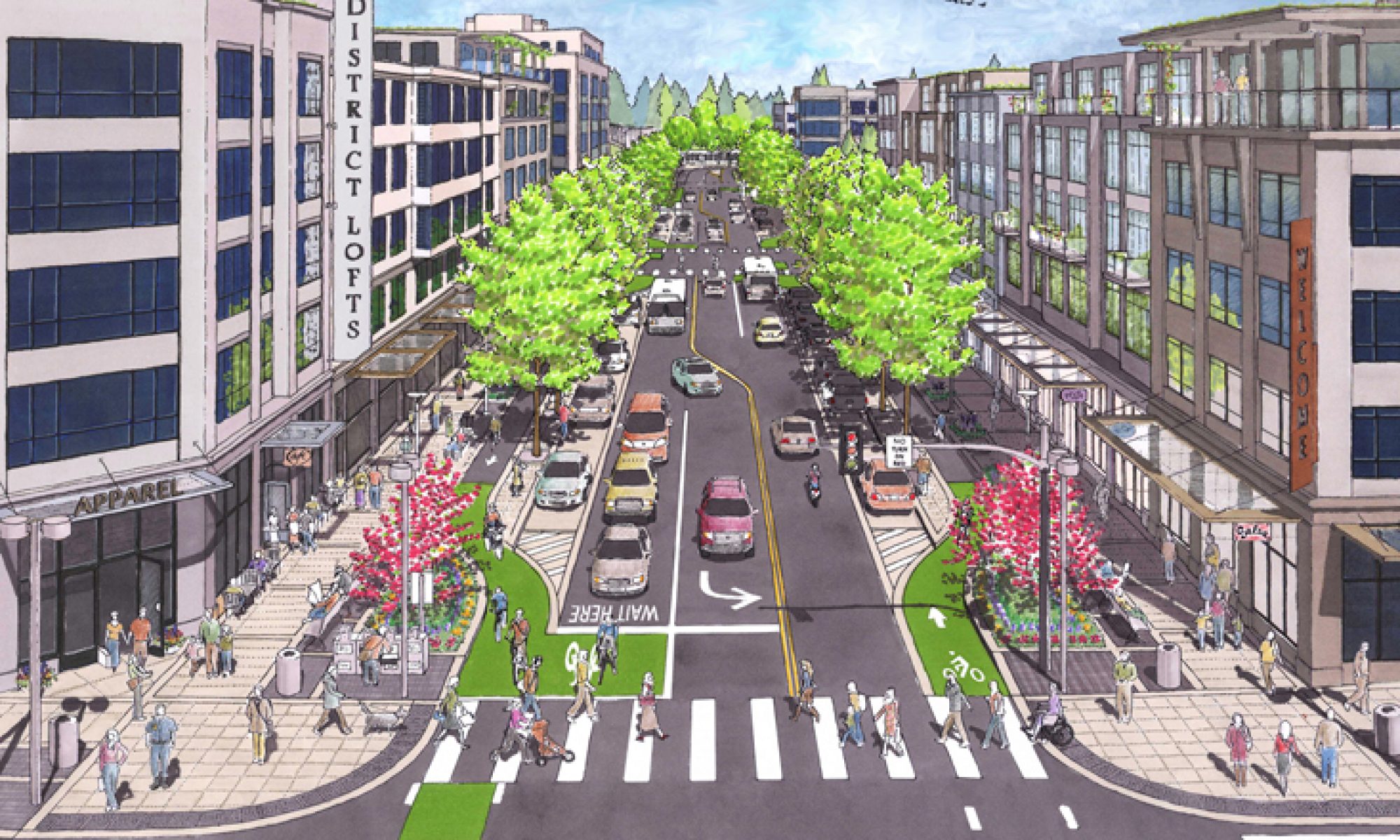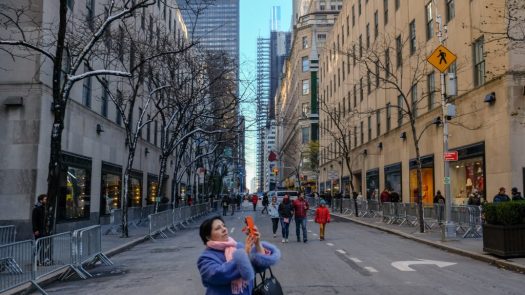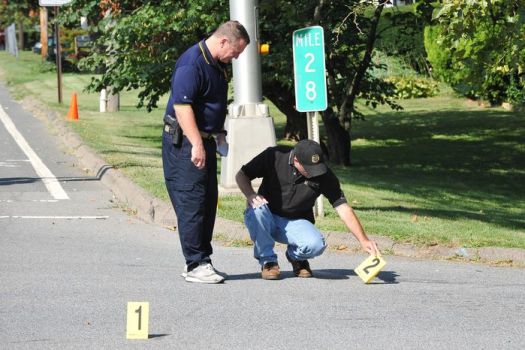“Private car trips will drop by 10% on average by 2030 to make up less than half of all city journeys, while public transport, walking and bicycle will all increase in popularity, the Mobility Futures study found.”
This is good news, but the automotive industry won’t give up without a fight. The result of steadily slumping sales of mid-size vehicles has led to the rise in manufacture and sales of huge vehicles (higher margin per vehicle). These larger vehicles, SUVs and trucks are responsible for the rise in death-by-automobile: 40 thousand deaths a year in the US last year. This figure is a pubic health crisis globally, but it’s been accepted since the 20s and 30s as a natural consequence of owning and driving vehicles, while blaming people walking and riding bikes for being inattentive, not wearing bright colored clothing, or the invention of “jaywalking”.
We can see change starting to happen but can do more as citizens – work with city leaders to help create better systems of mass transport, build more infrastructure for walking and bicycling, and offer other micro-mobility options. We can work to lower speed limits, calm traffic, create spaces for people instead of for cars, raise the cost and lower the availability of parking. THEN we’ll see the change we need to happen, hopefully within the next 10 years. Our lives depend upon it.
 Green transport set to overtake cars in world’s major cities by 2030
Green transport set to overtake cars in world’s major cities by 2030
“It’s a job for every mayor, for every city government to do something,” said Rolf Kullen, mobility director at research consultancy firm Kantar, which produced the study, based on surveys in 31 cities.
“Cities are beginning to understand that you do not build your city around a certain means of transport … You should build your city around the people.”






























New Jersey has the second-highest amount of uncommitted federal transportation dollars in the nation, and it consistently ranks among the worst when it comes to spending a specific type of transportation funds — Transportation Alternatives, which is intended to fund trails, walking, and biking projects.
At the same time New Jersey has a backlog of transportation dollars to spend, it has an enormous bicycle and pedestrian safety problem. As of Dec. 9, 2019, at least 165 people have been killed this year while walking or bicycling on New Jersey’s roads. In 2018, New Jersey State Police reported that bicyclists and pedestrians comprised 34% of the state’s crash fatalities — the second deadliest year for walkers and bikers on record. The deadliest year was in 2017.
Read more…
https://www.nj.com/opinion/2019/12/dozens-are-killed-each-year-walking-and-biking-in-nj-we-have-the-cash-to-make-roads-safer-opinion.html?fbclid=IwAR20L1WLdGy92nbip0OWW9rWj91zCvWQ0R5jgzHqlyuZ0bL6QR3UG-5Nyx0